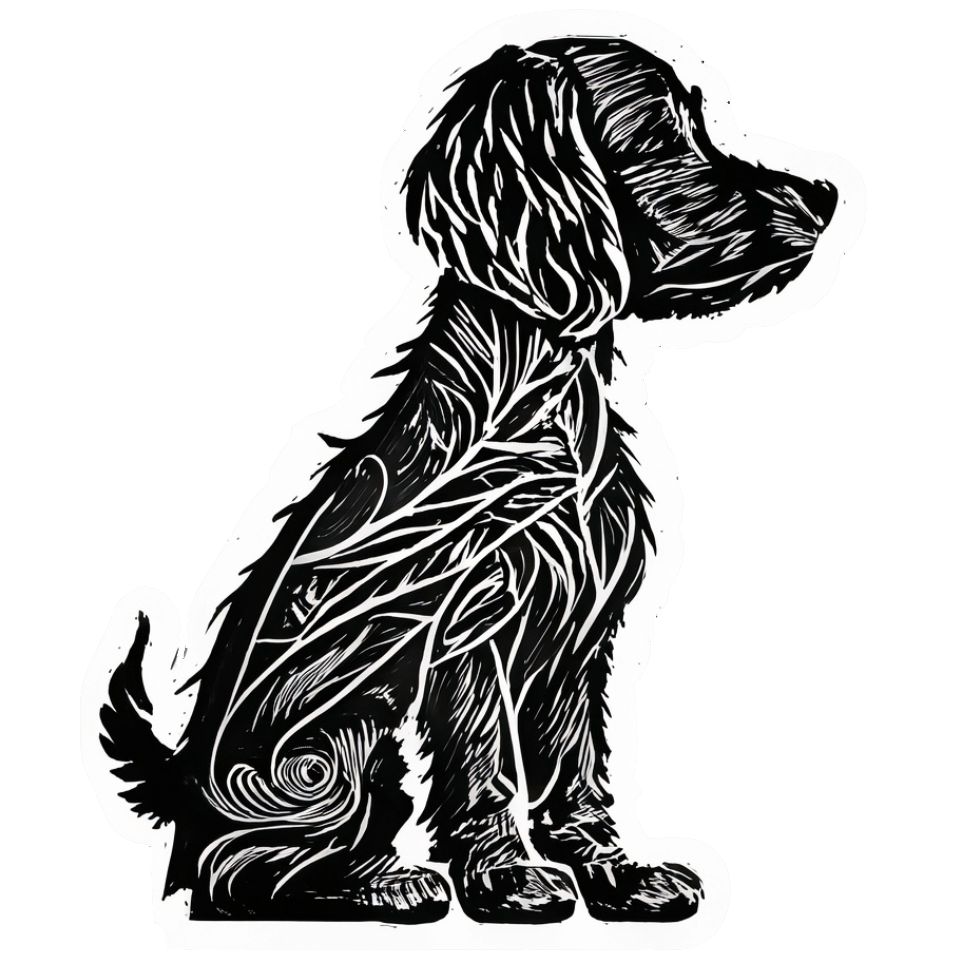A Cultural Exploration

Dogs have long been a source of inspiration, symbolism, and creativity in literature and art. Their loyalty, intelligence, and unique bond with humans have made them compelling subjects in various artistic and literary expressions. In this article, we’ll explore the multifaceted role of dogs in literature and art, tracing their influence from ancient times to contemporary works.
Dogs in Literature
The portrayal of dogs in literature offers insights into human nature, relationships, and societal values. Here’s how dogs have been depicted in literary works across different cultures and eras:
- Ancient Epics: In Homer’s “Odyssey,” the faithful dog Argos recognizes Odysseus after many years, symbolizing loyalty and enduring connection.
- Fables and Folktales: Dogs often appear as wise or loyal characters in fables and folktales, such as Aesop’s fables.
- Classic Novels: Works like “Call of the Wild” by Jack London explore the primal instincts and nobility of dogs, while “Old Yeller” by Fred Gipson portrays the deep emotional bond between a boy and his dog.
- Contemporary Literature: Modern authors continue to explore the complexity of human-dog relationships, as seen in “Marley & Me” by John Grogan or “The Art of Racing in the Rain” by Garth Stein.
Dogs in Art
The depiction of dogs in art spans various cultures, styles, and periods, reflecting their significance in human life:
- Ancient Art: From Egyptian hieroglyphics to Roman mosaics, dogs have been portrayed as hunters, guardians, and companions.
- Renaissance Paintings: Artists like Leonardo da Vinci and Titian included dogs in their works, symbolizing fidelity, status, or human virtues.
- Modern Art: Contemporary artists continue to explore the form, emotion, and symbolism of dogs, whether in abstract expressions or realistic portrayals.
Symbolism and Themes
Dogs in literature and art often carry symbolic meanings and themes:
- Loyalty and Friendship: Dogs are frequently depicted as loyal friends and protectors, reflecting the trust and connection between humans and dogs.
- Social Commentary: The portrayal of dogs can offer commentary on human behavior, social norms, or moral lessons.
- Emotional Resonance: The bond between humans and dogs is often explored to evoke emotions, empathy, and reflection.
The role of dogs in literature and art is a captivating testament to their enduring influence on human creativity, culture, and emotion. From ancient epics to modern masterpieces, dogs have inspired artists and writers to explore themes of loyalty, humanity, and connection. Dogipedia invites you to delve into our extensive collection of articles, guides, and resources, celebrating the world of dogs from historical, artistic, and literary perspectives. Whether you’re an artist, writer, dog enthusiast, or cultural explorer, Dogipedia offers insights and inspiration to enrich your appreciation of the timeless bond between humans and dogs. Join us in exploring the beauty, complexity, and creativity inspired by our beloved canine companions, a journey that transcends boundaries and resonates with hearts and minds across the world.
